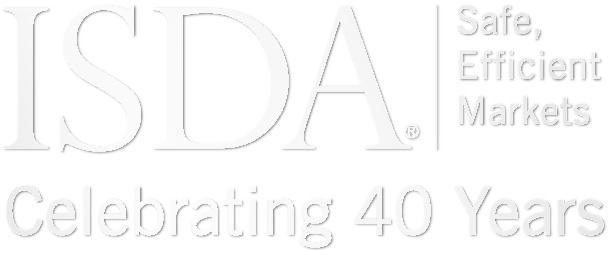This paper examines the benefits and use cases of over-the-counter (OTC) equity derivatives (EQDs). Additionally, it analyzes developments in the OTC EQD market, including the size and changes based on geography, product offerings and maturities of the notional outstanding.
Institutional investors, asset managers, hedge funds, pension funds, endowments, public and private companies, insurance companies, banks and other market participants use OTC EQDs for a wide range of reasons, including hedging, investment exposure, market access and diversification.
- Hedging: OTC EQDs offer flexibility and the ability to customize investment hedges.
- Investing: OTC EQDs can be structured to provide specific directional exposure and a more efficient means of investing in an underlying equity, index or basket.
- Market access: OTC EQDs can provide access to equity markets and companies that are either unavailable or too illiquid for investment via cash equity or exchange-traded EQD markets.
- Portfolio diversification: OTC EQDs provide an efficient means of diversifying investment portfolios by enabling more precise control of portfolio allocations.
The size of the OTC EQD market has been relatively stable over the past 15 years, ranging between $6.3 trillion and $7.6 trillion in notional outstanding. It comprises a relatively small percentage – 1-2% – of the overall OTC derivatives market.
From a product perspective, the OTC EQD market consist of swaps, forwards, options, contracts for difference and ‘other’ products.
- Notional outstanding of equity forwards and swaps has grown compared to that of OTC equity options.
- The US is now the dominant region for OTC EQD total notional outstanding measured by the nationality of the underlying issuer of the reference equity, whereas European developed countries were once the leaders.
- Most OTC EQDs have a short maturity – 63% of notional outstanding has a remaining maturity of one year or less.
The regulatory framework for these products has evolved in recent years. OTC EQDs have become more regulated and transparent, with trade reporting, margining and other rules now in place. The US Commodity Futures Trading Commission, the US Securities and Exchange Commission, the European Securities and Markets Authority and the UK Financial Conduct Authority have fully implemented regulations for OTC derivatives, including EQDs.
Documents (1) for Overview of OTC Equity Derivatives Markets: Use Cases and Recent Developments
Latest
From Milestone to Modernization
We’re coming to the end of an exceptionally busy year at ISDA, in which we celebrated our 40th anniversary and doubled down on our enduring commitment to safe and efficient derivatives markets. Reflecting on ISDA’s achievements since 1985, it’s clear...
Response on ASIC Derivative Transaction Rules
On December 3, ISDA submitted a response to the Australian Securities and Investments Commission (ASIC) consultation on the remake of the ASIC Derivative Transaction Rules (Clearing) 2015, which are due to sunset on April 1, 2026. ASIC proposed to remake...
IRD Trading Activity Q3 2025
This report analyzes interest rate derivatives (IRD) trading activity reported in Europe. The analysis is based on transactions publicly reported by 30 European approved publication arrangements (APAs) and trading venues (TVs). Key highlights for the third quarter of 2025 include:...
Ardagh Credit Event Processing and Trading
The Credit Derivatives Determinations Committee announced on December 15 that a restructuring credit event has occurred with respect to Ardagh. An ISDA Credit Market Infrastructure Group call was held on December 15 to discuss the processing of this event. The...



